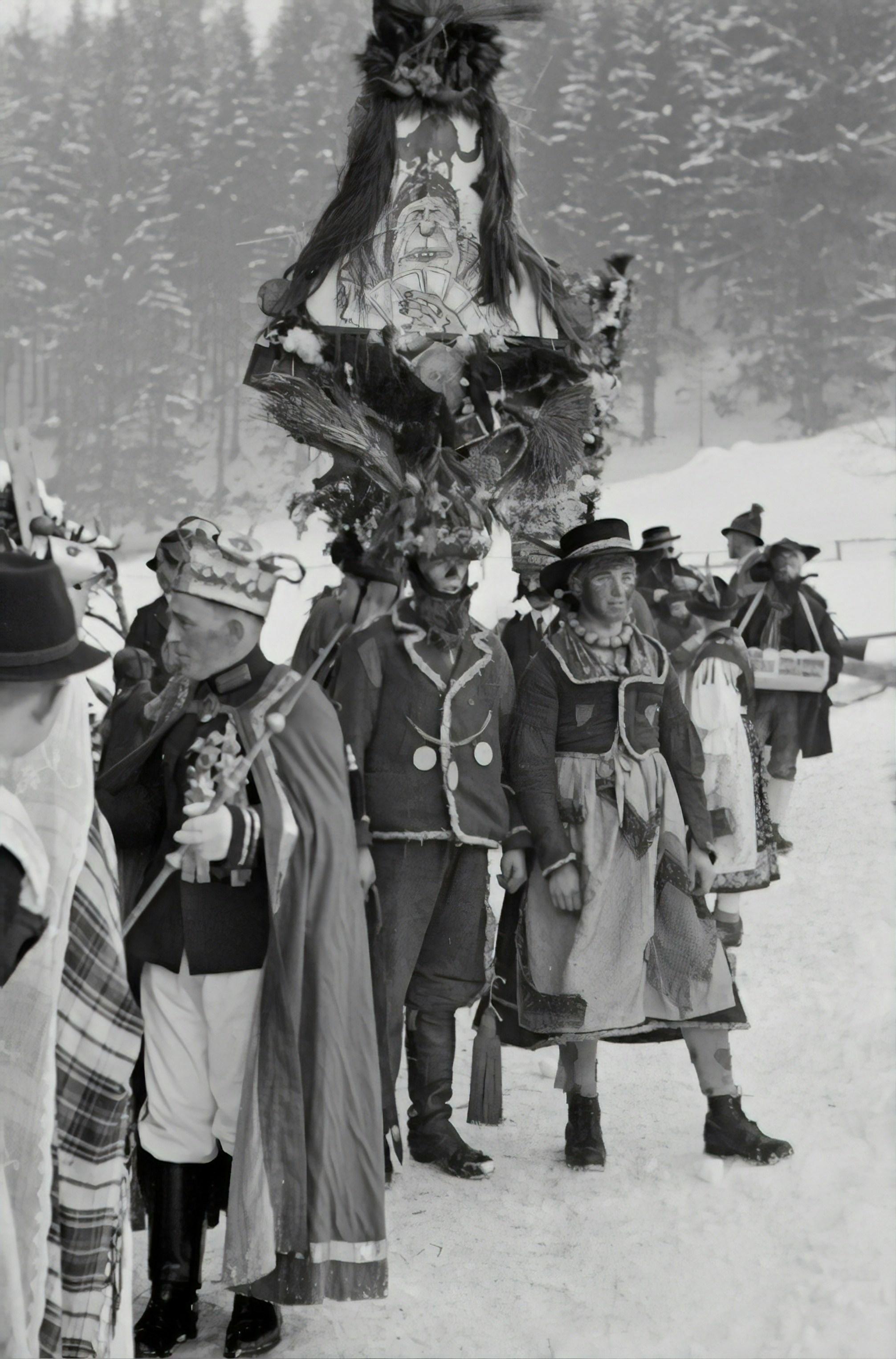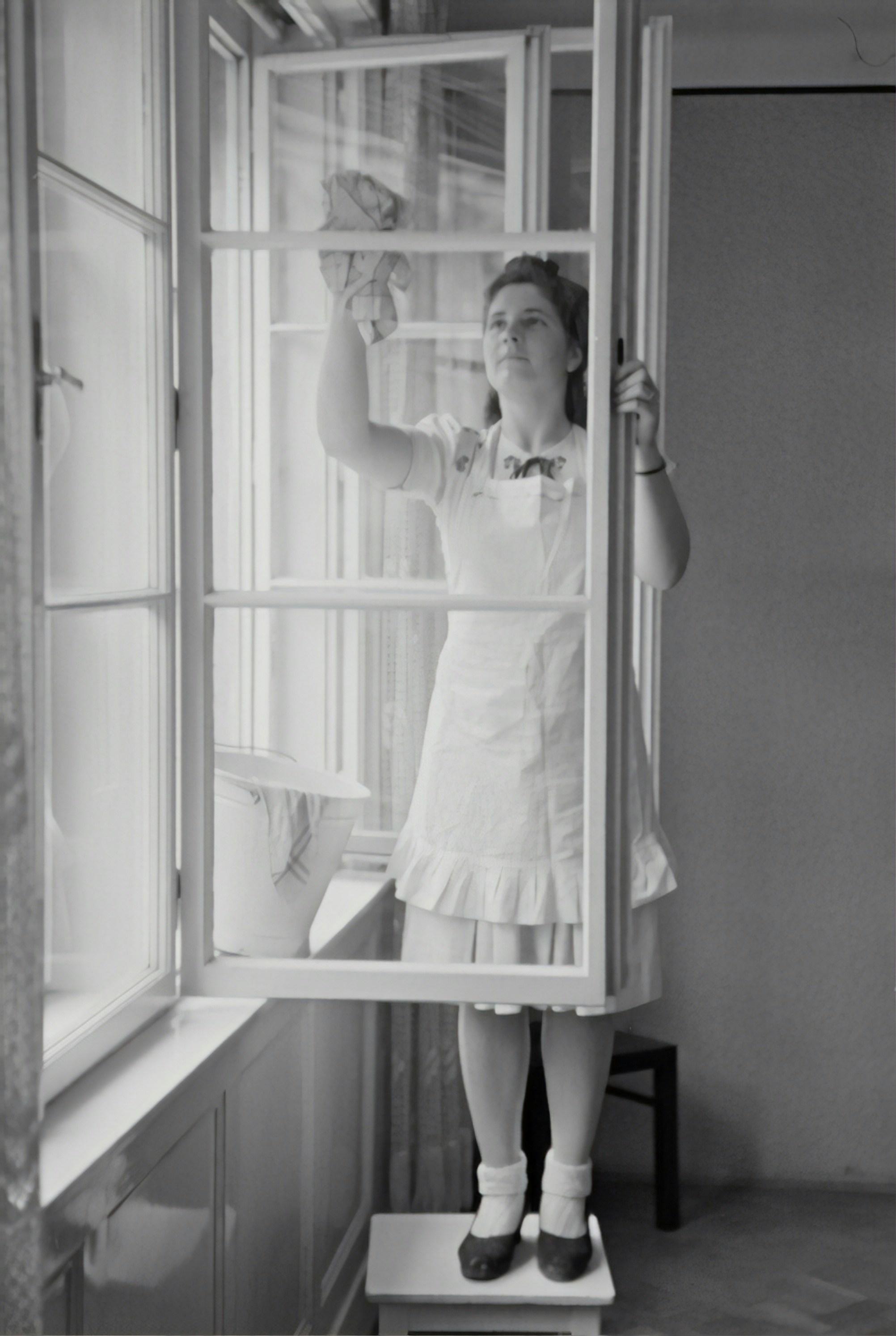In the dim glow of candlelight and the rustle of silken gowns, period dramas transport audiences to bygone eras, where the past is meticulously reimagined for the screen. These cinematic time machines whisk us away to Elizabethan courts, Victorian parlors, and roaring 1920s jazz clubs, weaving tales of romance, intrigue, and societal upheaval. Yet, beneath the lavish costumes and grandiose settings lies a simmering debate that divides creators and audiences alike: Should period dramas prioritize historical accuracy or embrace the art of storytelling? As viewers, we find ourselves at a crossroads, torn between the allure of authenticity and the magic of narrative. This article delves into this captivating conundrum, exploring whether the heart of a period drama beats stronger with fidelity to the past or with the freedom to reimagine it.
Balancing Fact and Fiction in Historical Narratives
In the realm of period dramas, the delicate dance between historical accuracy and compelling storytelling often sparks debate among creators and audiences alike. On one hand, historical purists argue that authenticity should take precedence, ensuring that the costumes, settings, and events reflect the era with precision. This attention to detail can transport viewers back in time, offering an educational glimpse into the past. On the other hand, some believe that storytelling should reign supreme, with creative liberties allowing for a more engaging narrative that captivates and resonates with modern audiences.
- Historical Accuracy:
- Provides educational value
- Maintains cultural integrity
- Can enhance immersion
- Storytelling:
- Prioritizes audience engagement
- Allows for creative interpretation
- Can reflect contemporary themes
Ultimately, the most successful period dramas often find a harmonious balance, weaving historical facts with rich, narrative threads that captivate audiences without compromising the essence of the era they depict.

The Impact of Historical Inaccuracies on Audience Perception
Period dramas hold a special allure, transporting audiences to bygone eras with lush costumes and atmospheric settings. However, when these narratives take liberties with historical facts, they can significantly shape audience perceptions. For many viewers, these dramas become a primary source of historical knowledge, which can lead to the propagation of myths and misconceptions. Historical inaccuracies, whether intentional or not, often affect how people understand cultural and societal norms of the past.
- Romanticizing the Past: Period dramas often paint an idealized picture of history, glossing over the harsher realities of the time.
- Cultural Representation: Misrepresentation of cultures and historical figures can lead to skewed perceptions and reinforce stereotypes.
- Social Dynamics: By altering the power structures or societal roles of the past, these dramas can impact the audience’s understanding of historical social dynamics.
Ultimately, while the embellishment of history can enhance storytelling, it also poses a risk of distorting reality. The challenge lies in balancing creative liberties with a commitment to authenticity, ensuring that audiences are both entertained and informed.
Crafting Compelling Stories Without Compromising Authenticity
In the realm of period dramas, the delicate balance between maintaining historical accuracy and crafting engaging narratives often presents a conundrum. Authenticity is a cornerstone for creating immersive experiences, yet it can sometimes clash with the need for a compelling storyline. Filmmakers and writers face the challenge of weaving factual elements with creative liberties to captivate audiences without distorting the essence of the era.
- Historical Fidelity: Ensures a true-to-life representation, enhancing educational value.
- Creative Storytelling: Allows for dramatic flair, potentially broadening audience appeal.
- Character Depth: Balancing both can enrich character development, making them relatable and memorable.
- Cultural Context: Maintaining authenticity respects the culture and context, while storytelling can highlight lesser-known aspects.
Ultimately, the decision hinges on the creators’ vision and the message they wish to convey. A successful period drama can harmonize the two, offering a nuanced tapestry that respects historical truths while delivering an engaging and thought-provoking story.

Guidelines for Integrating Accurate Details into Engaging Plots
Balancing historical accuracy with compelling storytelling in period dramas can be a nuanced art. When striving to integrate precise details into an engaging narrative, consider these essential guidelines:
- Research and Authenticity: Invest time in thorough research to ensure historical facts and cultural nuances are accurately portrayed. This includes understanding the language, social norms, and significant events of the era.
- Creative Freedom: Allow room for creative interpretation where historical records are sparse. Use fictional elements to fill gaps, but ensure they complement the existing historical framework.
- Character Depth: Develop characters that resonate with contemporary audiences while staying true to the period. This can be achieved by focusing on universal themes such as love, ambition, and conflict.
- Visual and Sensory Details: Use costumes, sets, and props that reflect the time period, enhancing the immersive experience without overshadowing the plot.
- Story Arc Balance: Weave historical events seamlessly into the storyline, ensuring they enhance rather than detract from the plot’s emotional and narrative arcs.
By adhering to these principles, creators can craft period dramas that are not only informative but also captivating, offering viewers a rich tapestry of both history and fiction.









